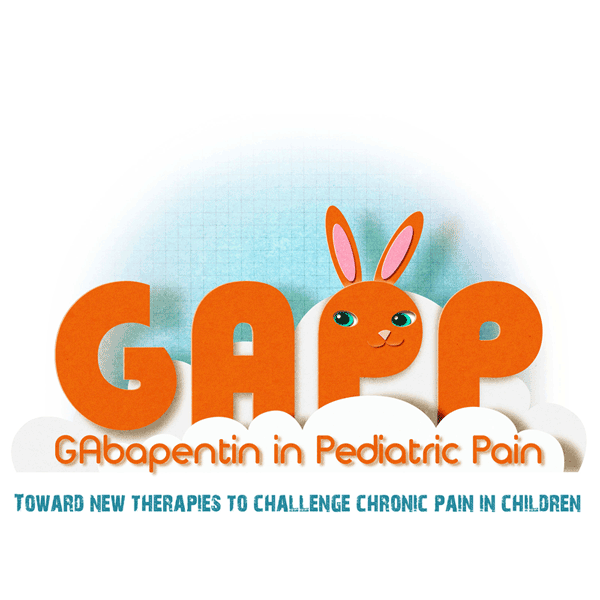

Epidemiologic studies suggest that many children do not receive appropriate help or treatment to alleviate their pain (Goodman JE and McGrath PJ, 1991; Perquin CW et al., 2000; Schanberg LE et al., 2003). To date, the emotional, social, health and economic impact on the individual and on society have been overlooked. Recurrent pain in children can lead to physical and emotional disability in later life and little is known about the effects of treatments on long-term outcomes (Hotopof M et al., 1998). Suffering from pain can limit a child’s ability to attend school, socialize with peers, and engage in physical activity. Health care providers and school personnel often recommend that children not attend school or participate in other activities while they are attempting to manage their pain and, ironically, this can exacerbate the child’s pain. The quality of life in children with chronic pain has been compared to that of young people with cancer or other chronic diseases (Gold JI, 2009).
Pain is classified in a two-step approach (“WHO guidelines on the pharmacological treatment of persisting pain in children with medical illnesses”, 2012), with analgesic choices adjusted accordingly.